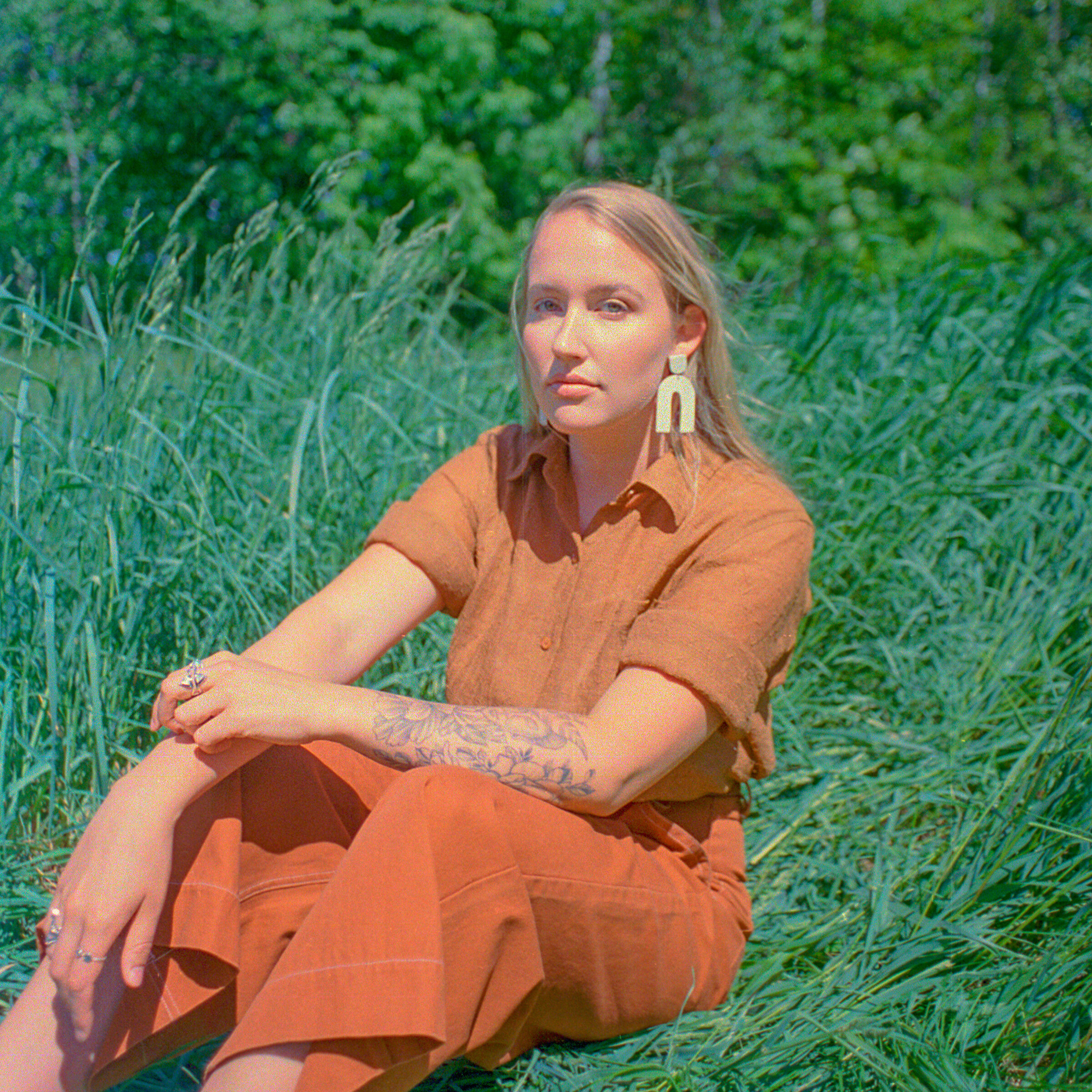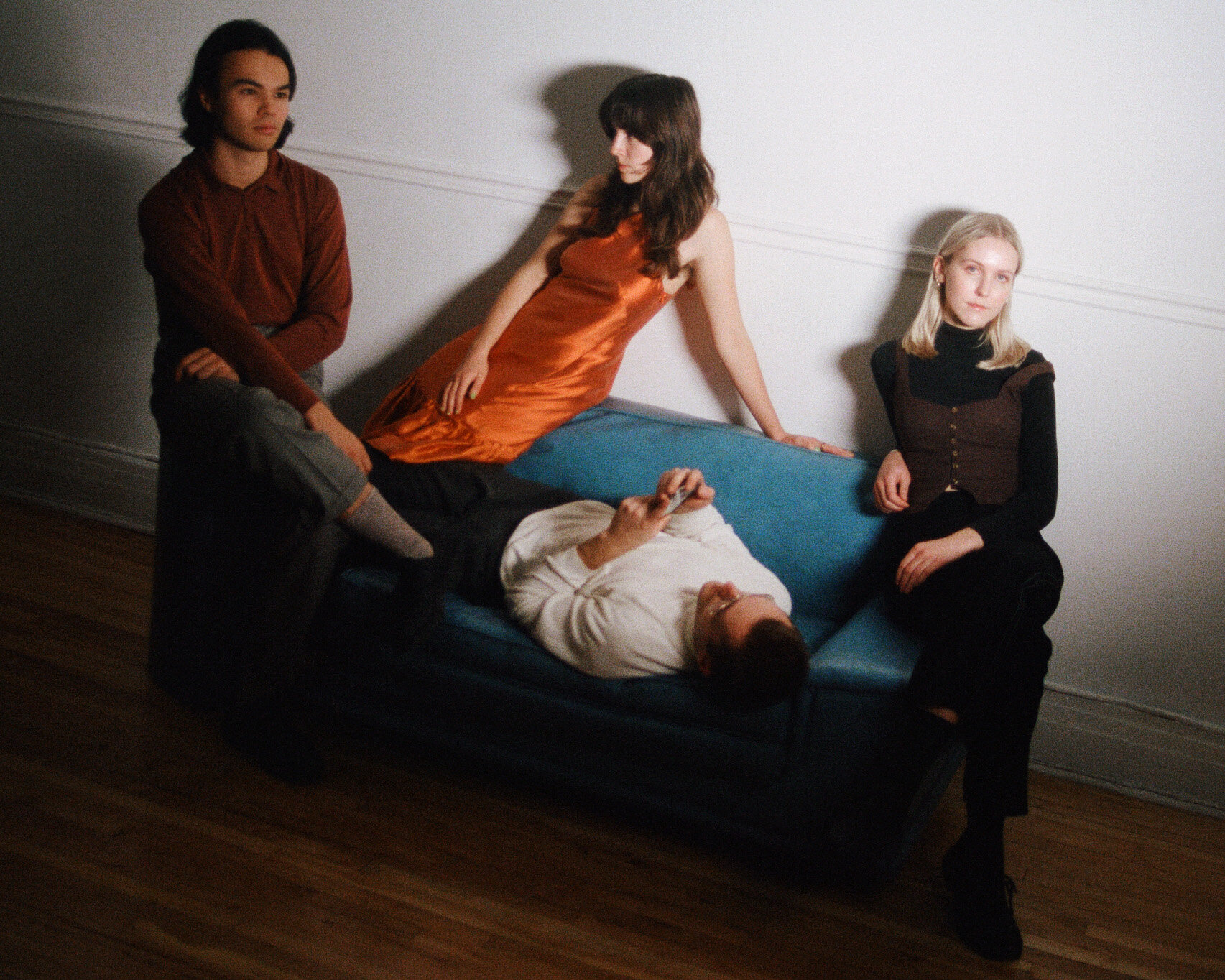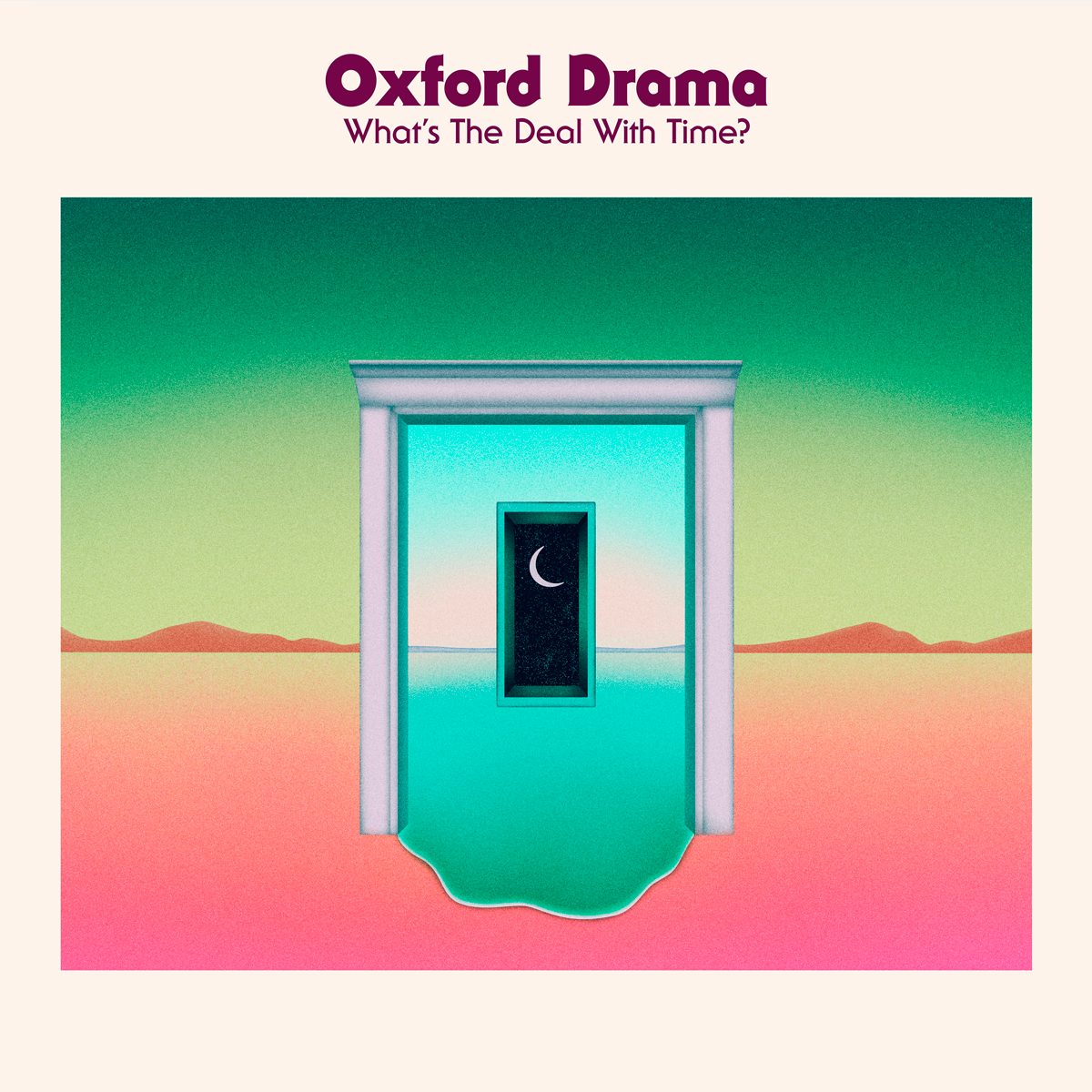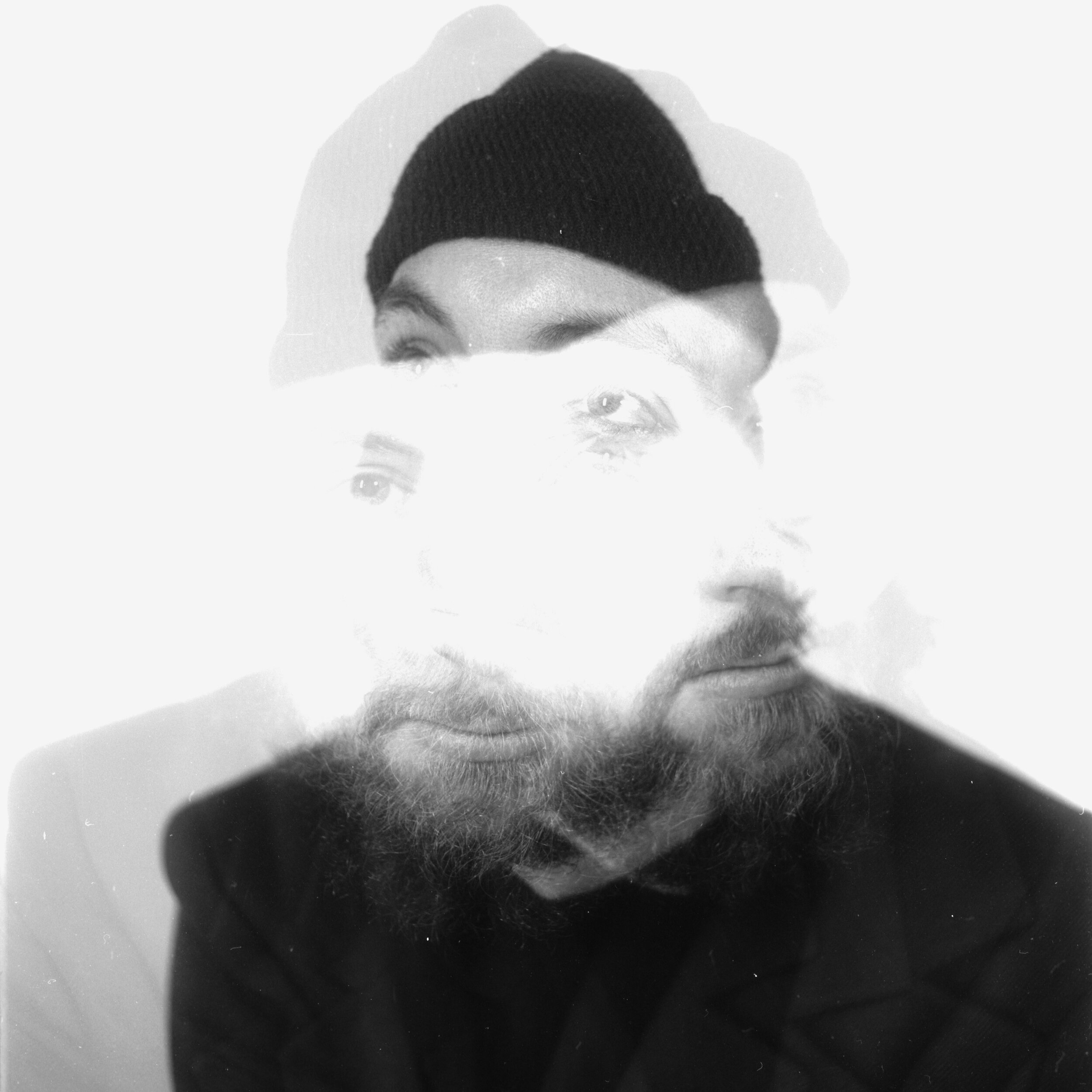Visibly Choked Cut Their Teeth on 13-Minute Self-Titled Debut (Mothland)
Visibly Choked album artwork by Cassidy Johnson
Montreal experimental punk outfit Visibly Choked left us on the edge of our seats after their set at FME this fall; inciting head-banging amongst a chair-bound basement crowd amid COVID-19 restrictions. Last week, the band cut all anticipation full-stop with the delivery of their self-titled debut via hometown label Mothland. In all its thrashing, pantyhose-splitting glory, the six-track EP is turning heads for all the right reasons.
Recorded off-the-floor with Steven Gibb at Lite Downs Studio, Visibly Choked immerses the listener in the five-piece’s fever dream—managing to capture the sweltering erraticism of their sorely-missed live sets, without compromising the integrity of their sound and their commandment of a room.
Seducing us from the gate with gritty twister “Mother Tongue,” Visibly Choked reminisce punk’s legacy practice of pairing a driving beat with existentialism. Along with a Lynchian music video, “Mother Tongue” ponders estrangement from one’s heritage and the scars of cultural assimilation.
Next, “Too High” shoots an exasperated eye-roll at a bedframe-less hookup. Between surfy guitars and the haze of the night before, Visibly Choked recount the all-too-familiar frustrations of dodging someone you didn’t expect to see at a show.
The spiralling “Uneven Keel” follows: epitomizing the band’s self-described "five people having a panic attack" sound. Heavy in sentiment and atmosphere, the barely two-minute melter dissents into a paranoid frenzy, anxiously dissecting themes of identity, existence and trust.
Visibly Choked courtesy of Mothland
Coming up for air on “A Snake Called Ean,” lead vocalist Gabby Domingue wraps listeners around her finger with each dragging sibilance. Building from the brooding bassline at its core, “A Snake Called Ean” waxes and wanes with Domingue’s repeated bitter lament: “It’s so much harder to love you than to need you.”
The album’s final two tracks make sure to grab you by the collar on the way out. With “Third Time’s the Charm” and “Shit Lord,” the group return to gnarly hysterics to tie the bow on their first offering.
In a scrumptious 13 minutes, Visibly Choked manage to indulge listeners without allowing us to get too comfortable.
































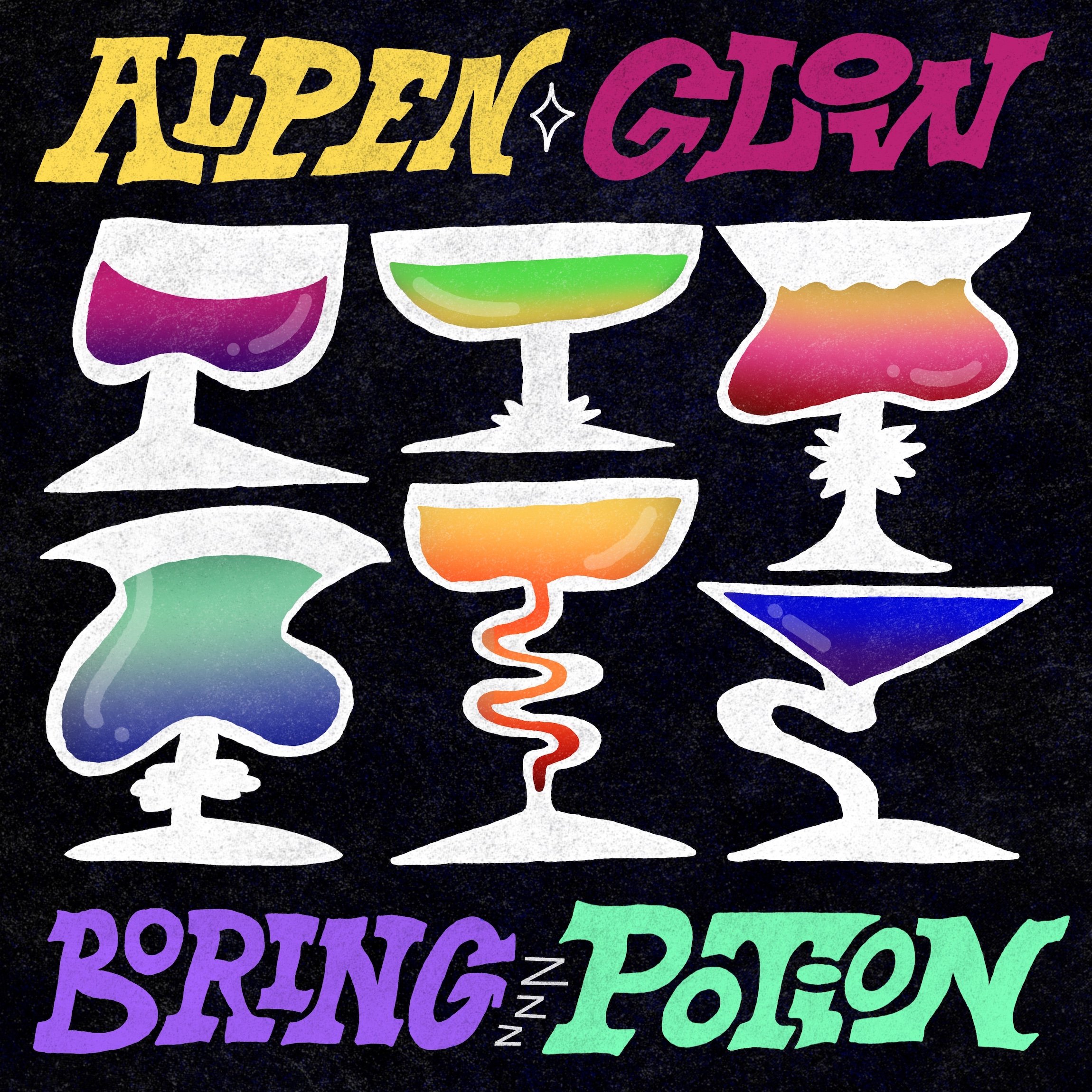





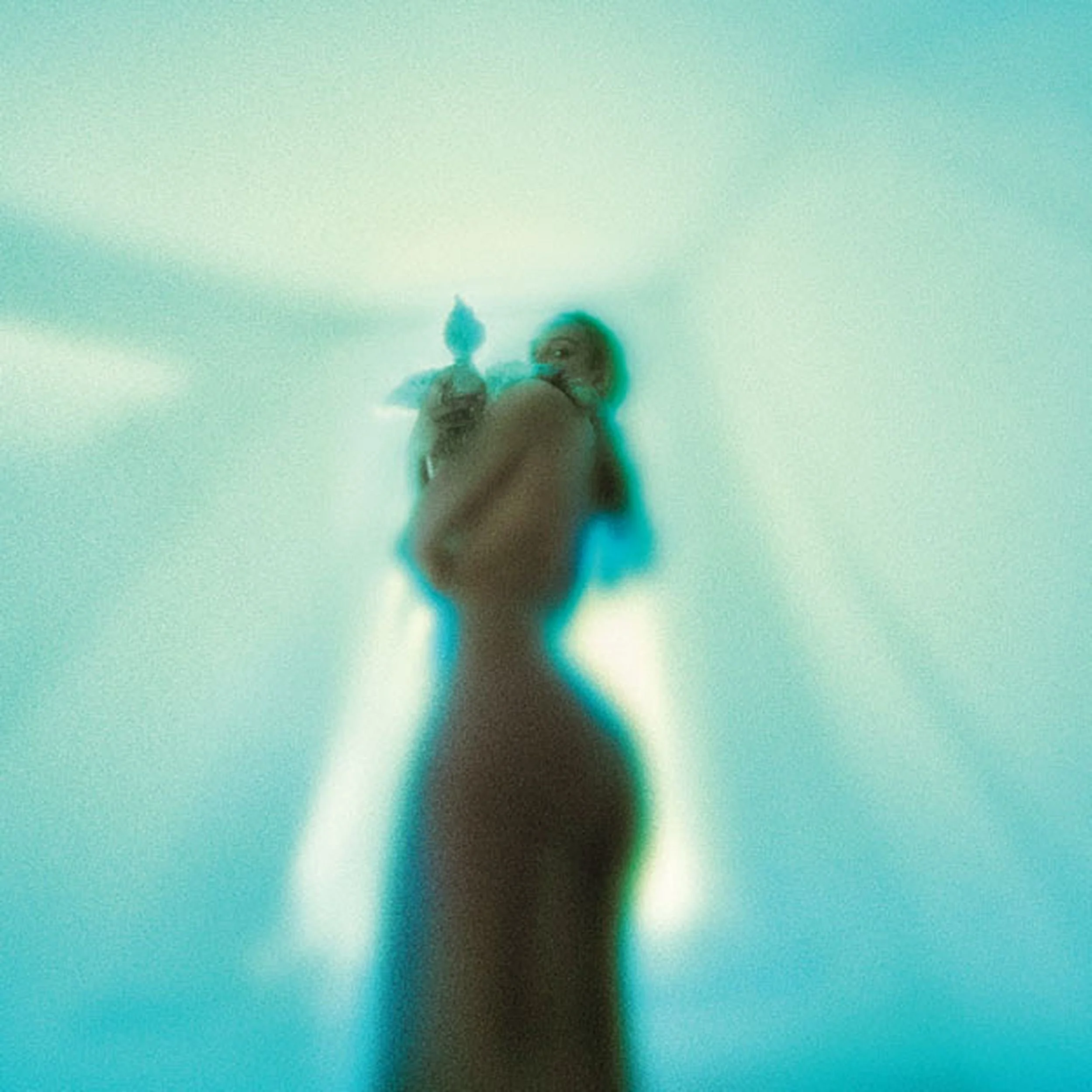
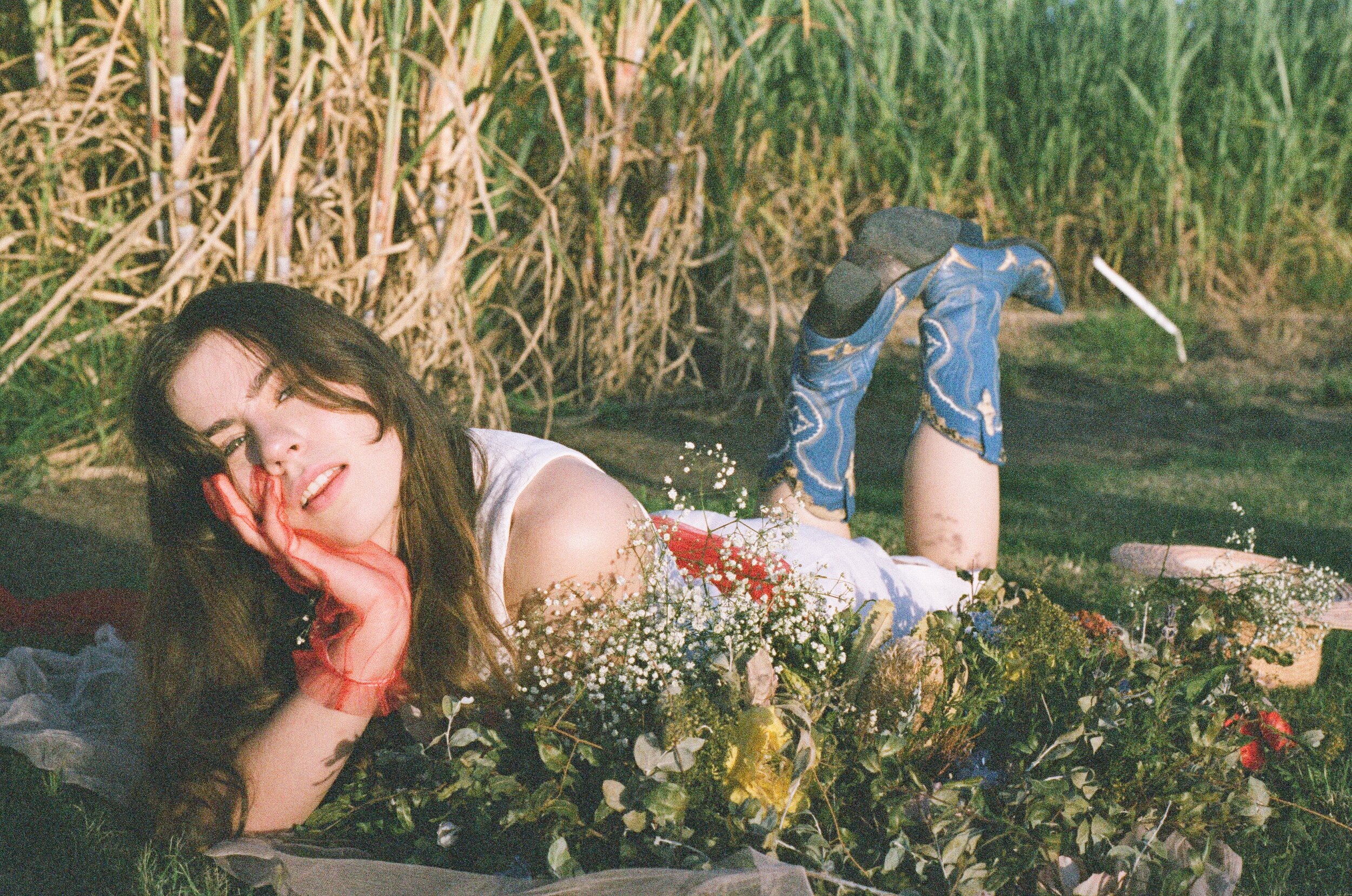


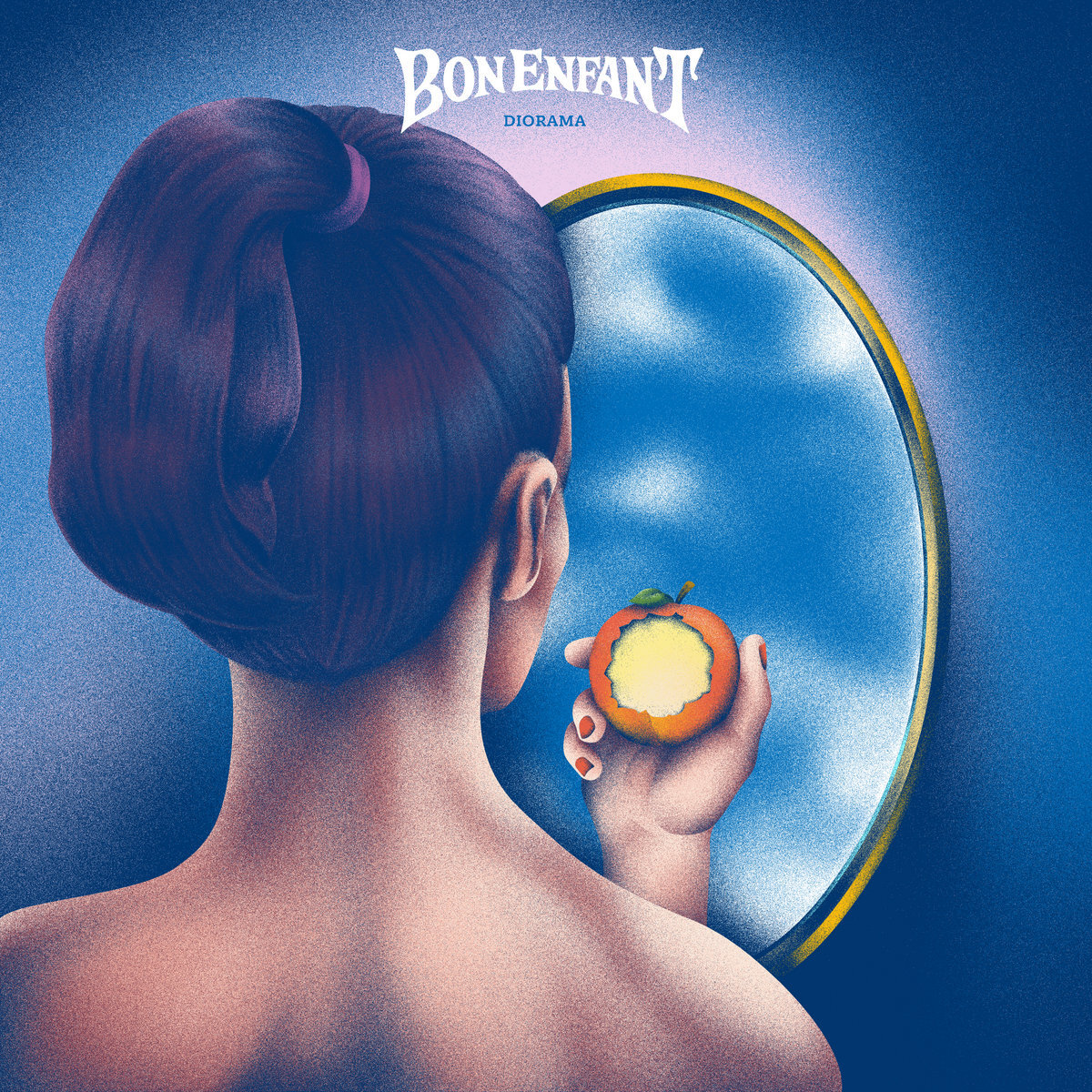
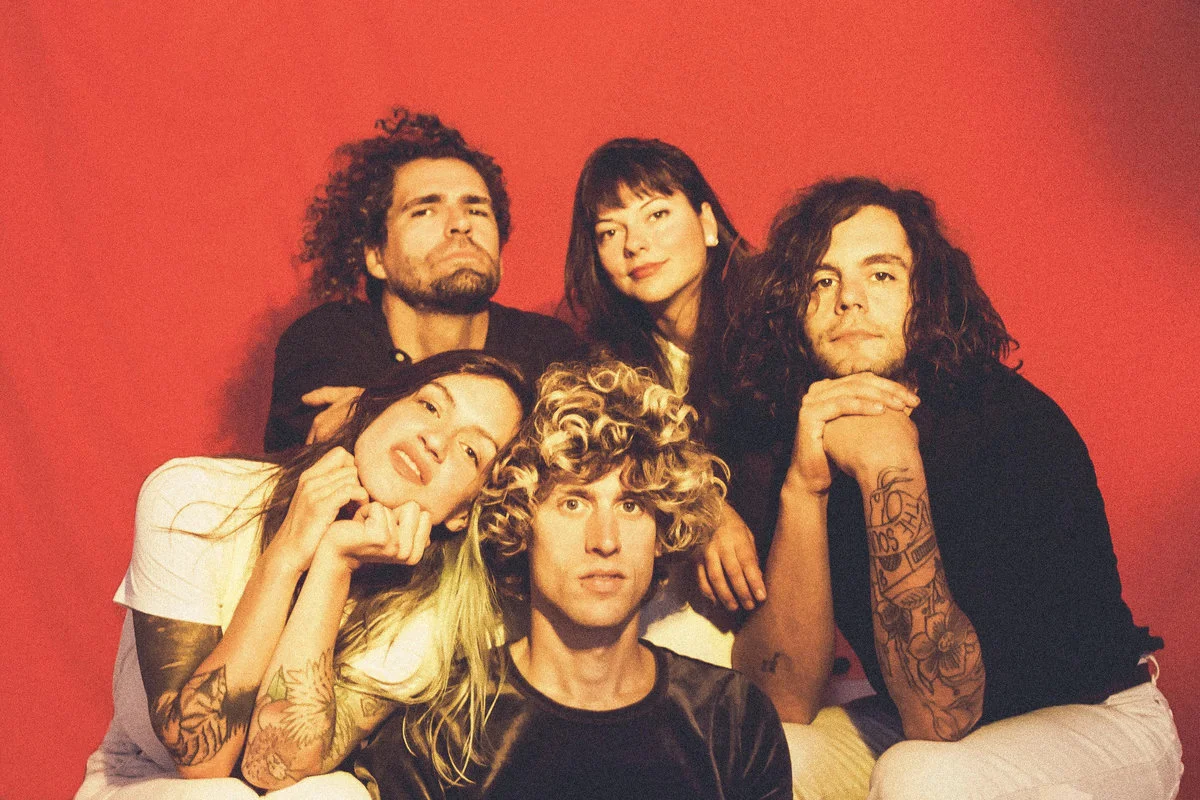



![Ellyn Woods - All At Once [Artwork].jpg](https://images.squarespace-cdn.com/content/v1/5da4c68a227a253ac912f3a7/1630081434290-TQSOX3GLKR6BVMQWH0OV/Ellyn+Woods+-+All+At+Once+%5BArtwork%5D.jpg)
